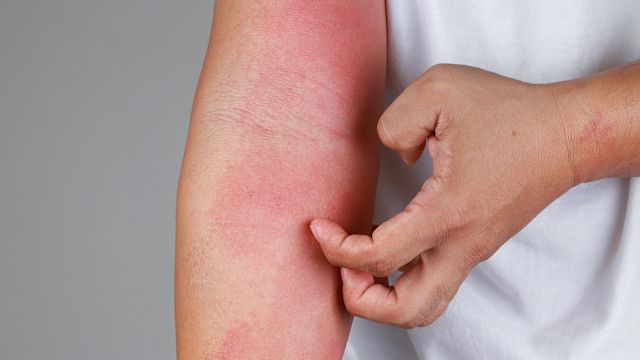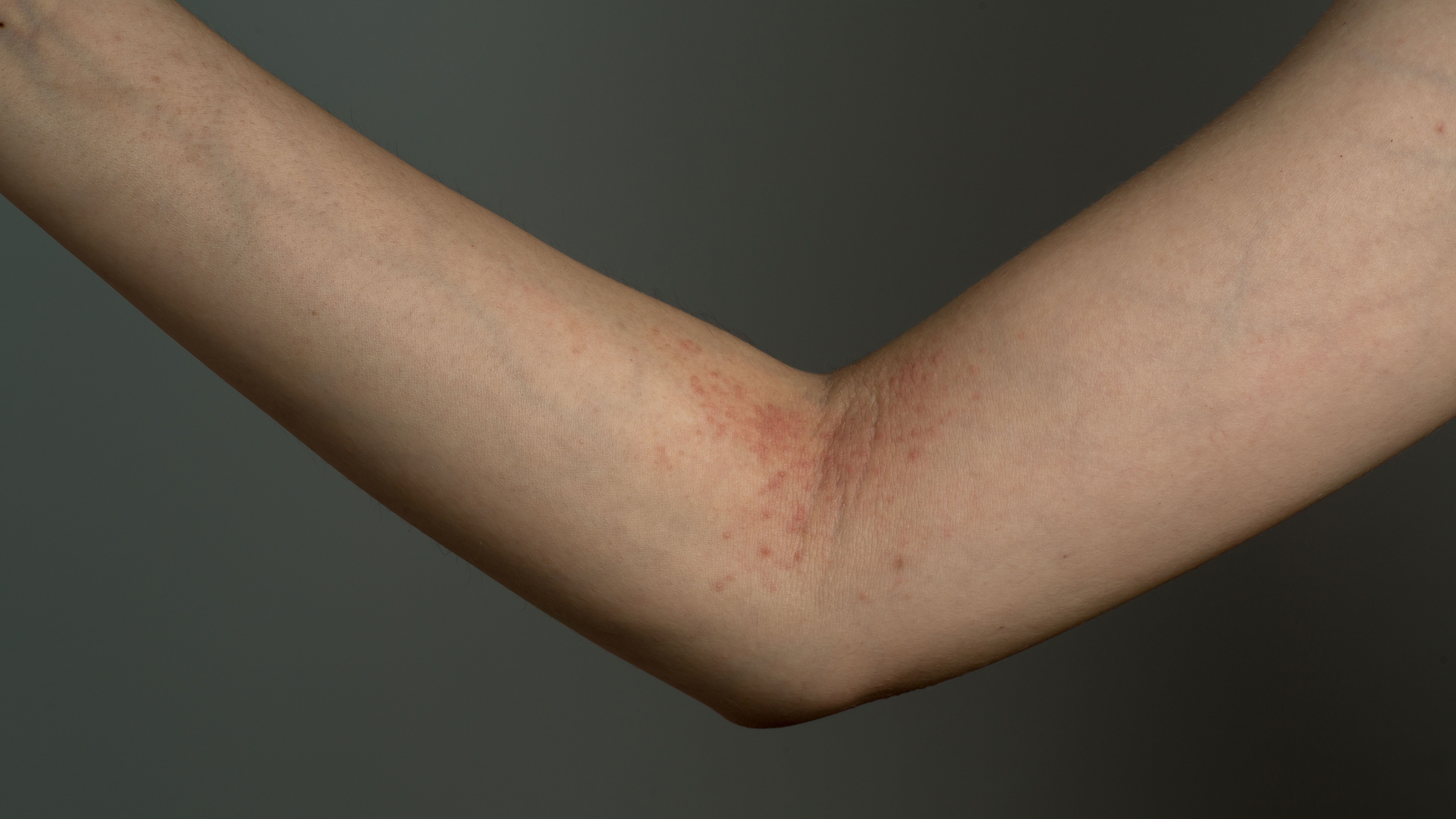The most common form of eczema, atopic dermatitis is an inflammatory skin condition that causes itching, dry skin, inflammation, and rash. These symptoms typically follow a recurring pattern, getting better at times, flaring at other times. For many people, atopic dermatitis is a lifelong condition that requires ongoing treatment and management.
When treating any health condition, it’s important to work with a healthcare provider to establish treatment goals and make treatment decisions to support those goals.
What are the treatment goals for atopic dermatitis?
While atopic dermatitis is a different experience for every person, there are several common goals that will be a focus of every treatment plan:
- Ease and manage itch. Itching is considered the defining symptom of atopic dermatitis, and atopic dermatitis is sometimes referred to as “the itch that rashes.” Itching can be severe and cause significant emotional distress.
- Allow the skin to heal. This includes the healing of any damage caused by scratching, infection, or blistering. It also includes repair to the skin barrier—the layer of lipids, non-living skin cells, and chemicals that enable the skin to protect the body from irritants, pathogens, and water loss.
- Prevent flares. Flares are episodes where symptoms appear or get worse. Steps like avoiding triggers, following a moisturizing routine, and taking medication as directed can help prevent flares. These steps may also help reduce the severity of symptoms when flares do occur.
- Reduce inflammation. Inflammation is an immune response that normally occurs as a reaction to things like injuries and infections. When a person has atopic dermatitis, skin inflammation occurs when it shouldn’t, contributing to itch, other symptoms, and damage to the skin. Many medications used to treat atopic dermatitis work by reducing inflammation.
- Improve quality of life. Atopic dermatitis impacts many areas of a person’s life—mental health, social life, work, school, and personal goals. Addressing the ways that atopic dermatitis is impacting your life is an important aspect of treatment.
- Patient education. This refers to learning more about atopic dermatitis, including what is happening in the skin when a person has atopic dermatitis, how different treatments work, and the impact that a chronic skin condition can have on a person’s life.
Different treatments often work toward common goals. Medications that reduce inflammation help reduce itch and prevent flares. Regularly moisturizing the skin helps repair the skin barrier and prevent flares. And all treatments should ultimately improve a person’s quality of life while living with atopic dermatitis.
Is your treatment plan meeting your treatment goals?
Treatment goals are a topic that should be discussed with your dermatologist. In order to establish treatment goals, it’s important that you are able to describe what you are experiencing. Some questions to answer before your next appointment:
- How would you describe the severity of your symptoms?
- Are you satisfied with your current treatment?
- What do you like about your current treatment?
- Is there anything you dislike about your current treatment plan? This does not necessarily mean how well a therapy works—it can also be things like a topical treatment being messy to apply, or a medication being expensive.
- How often do you experience negative emotions like sadness, frustration, anger, or stress?
- What areas of your life are difficult or different because you have atopic dermatitis?
You can also try asking yourself “What is the worst part about having atopic dermatitis?” or “If I could change one thing about having atopic dermatitis, what would it be?” Answering these questions may help you and your dermatologist understand what you need from treatment at the moment.
What are your treatment options for atopic dermatitis?
In addition to strategies like avoiding triggers and following a moisturizing routine, there are a variety of therapies that can be used to treat atopic dermatitis, including topical medications, oral medications, and biologics. Recent years have seen several new therapies become available, and additional therapies are under development.
But the best treatment for atopic dermatitis will be the treatment that works for you. Keep learning, keep following your treatment plan, and communicate what you need to your dermatologist.






